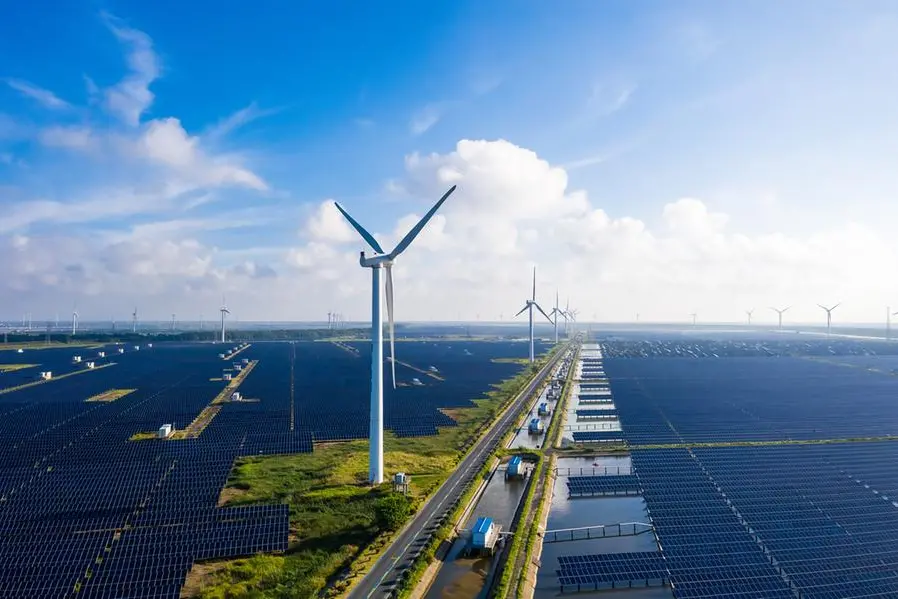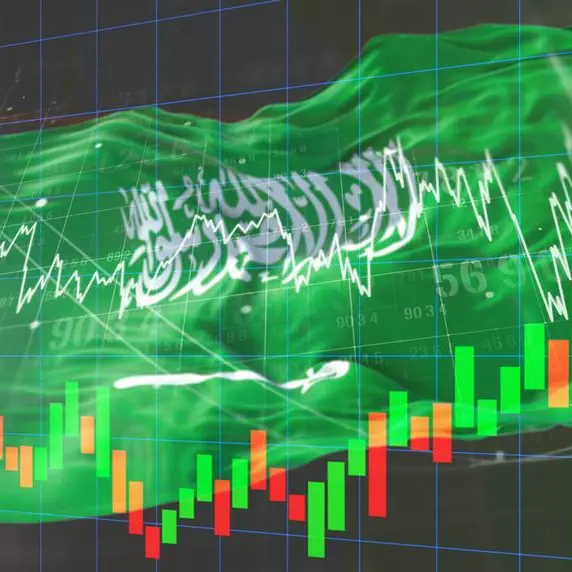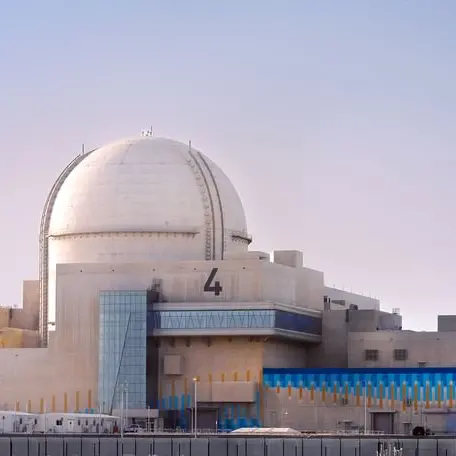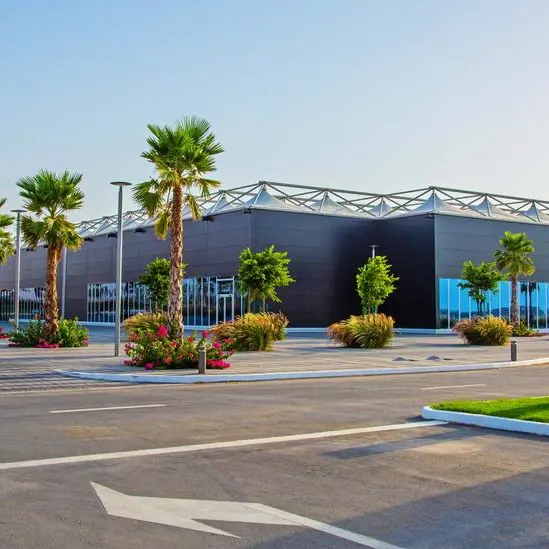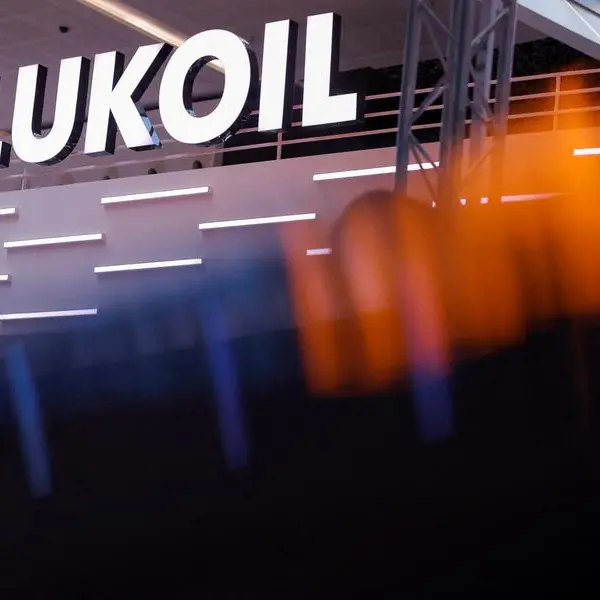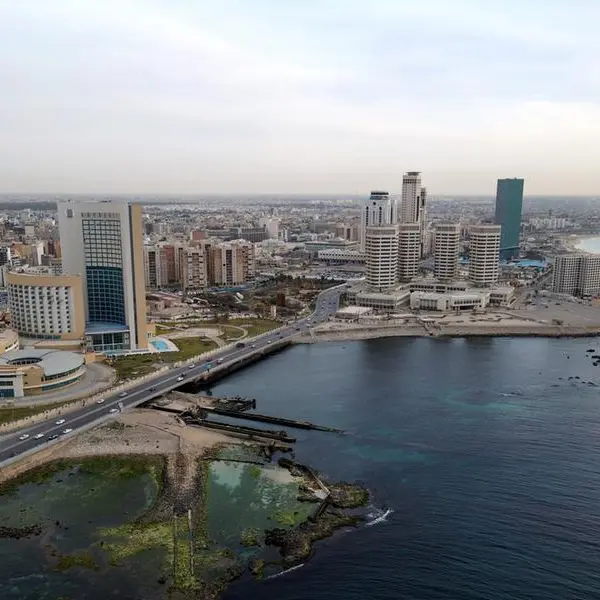PHOTO
Muscat: Green Energy Oman (GEO), one of the biggest green hydrogen projects planned for implementation in the Sultanate of Oman, is slated to come on stream sometime in the early part of the next decade, according to energy supermajor Shell.
GEO, backed by a multinational consortium with Shell as its lead operating partner, is among six large-scale renewable hydrogen-based schemes that are part of the first wave of investments in this emerging zero-carbon energy sector. All six schemes have also been allocated sizable land blocks by the Omani government for their investments.
Significantly, the Green Energy Oman project ranks among the largest ventures in Shell’s current portfolio of clean energy schemes envisioned for development at key locations around the world.
“In Oman, we acquired a 35 per cent interest in Green Energy Oman, which will produce hydrogen from seawater, powered by up to 25 GW of solar and wind energy. Shell is the lead operating partner. The project is expected to be operational by the early part of the next decade and aims to produce around 1.8 million tonnes of hydrogen a year at full capacity,” Shell stated in a newly published report on its Energy Transition Strategy 2024, released over the weekend.
Shell’s partners in the GEO consortium include OQ Alternative Energy (part of the wholly Omani government-owned integrated energy group OQ), Singapore-based energy developer InterContinental Energy (ICE), Kuwait’s state-backed energy investor EnerTech, and Golden Wellspring Wealth for Trading (GWWT).
Last June, the consortium signed an agreement with Hydrom, the master-planner and orchestrator of Oman’s renewable hydrogen sector, covering the allocation of Block Z1-04 in Al Wusta Governorate, for the development of the GEO project. The consortium said at the time that it is targeting the production of around 150,000 tonnes per annum of green hydrogen from 4 GW of installed solar and wind capacity in the first phase.
At full capacity, it will be powered by 25 gigawatts (GW) of renewable solar and wind energy, enabling the production of approximately 1.8 million tonnes per annum of green hydrogen which can be converted into 10 million tonnes of green ammonia per year.
Underscoring its commitment to Oman’s decarbonisation goals, Shell is also exploring the potential for the production of Liquefied Synthetic Gas (LSG) – a carbon-neutral alternative to natural gas. To this end, it signed an agreement with the Ministry of Energy and Minerals early last year.
LSG is produced when renewable hydrogen is combined with captured carbon dioxide to produce natural gas which is then liquefied. This low-carbon gas can be directly introduced to existing gas networks and infrastructure, including the LNG trains of Oman LNG, all the way to the end user.
Commenting on these Shell-backed initiatives in Oman, Sir Andrew Mackenzie said: “I saw first-hand the potential of some of the exciting new technologies we are developing when I visited Oman in January 2024. We are part of a group exploring a project to produce green ammonia and liquefied synthetic gas from renewable hydrogen. These technologies are still in the early stages, but they could help to decarbonise industry and commercial road transport in the future,” he added in the company’s Energy Transition Strategy report.
2022 © All right reserved for Oman Establishment for Press, Publication and Advertising (OEPPA) Provided by SyndiGate Media Inc. (Syndigate.info).
